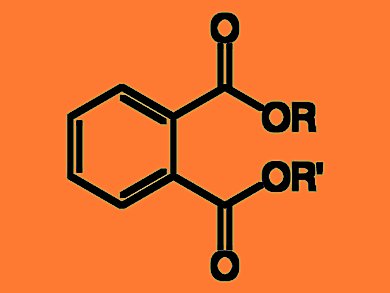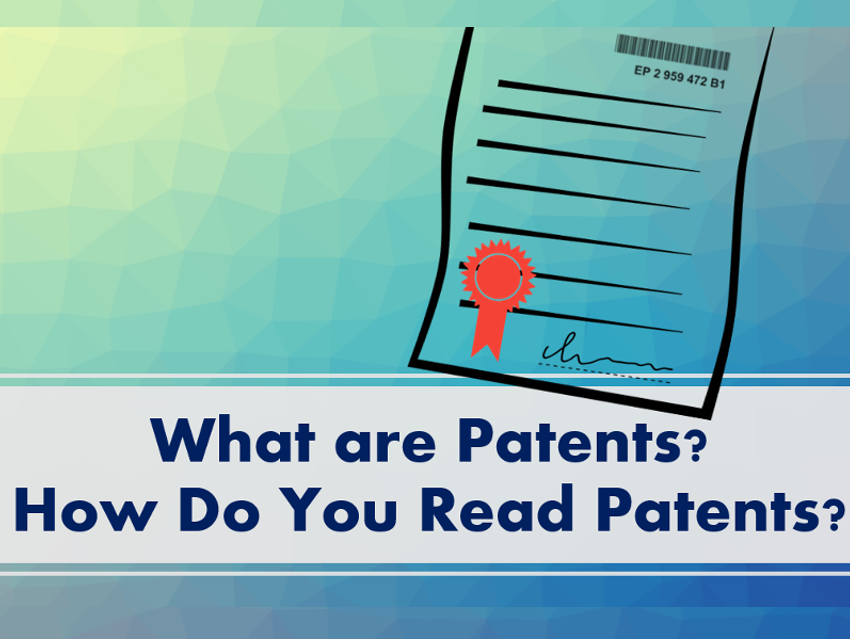In 2011, the Danish competent authorities made a combined restriction proposal for di-2-ethyl hexyl phthalate (DEHP), di-n-butyl phthalate (DBP), benzylbutylphthalate (BBP), and diisobutyl phthalate (DIBP) with the aim of limiting exposure to humans from these four phthalates. All four phthalates show anti-androgenic properties. Phthalates are mainly used as plasticizers to increase flexibility, transparency, durability, and longevity of plastics. They are used primarily to soften polyvinyl chloride (PVC).
This was the first time since the adoption of REACH (Registration, Evaluation, Authorisation and Restriction of Chemicals) in the EU that a combined assessment approach was used.
At its meeting this week, the European Committee for Risk Assessment (RAC) concluded that the available data does not indicate that there is currently a risk from combined exposure to the four phthalates. Each of the phthalates is already covered by a REACH regulation which is leading to declining use.
RAC, however, did not question the principle of addressing risks through combined exposure if the substances act similarly.
The draft opinion will be submitted for public consultation for sixty days with their final opinion to be adopted in December 2012 at the latest.
- European Chemical Agency (ECHA), Helsinki, Finland




